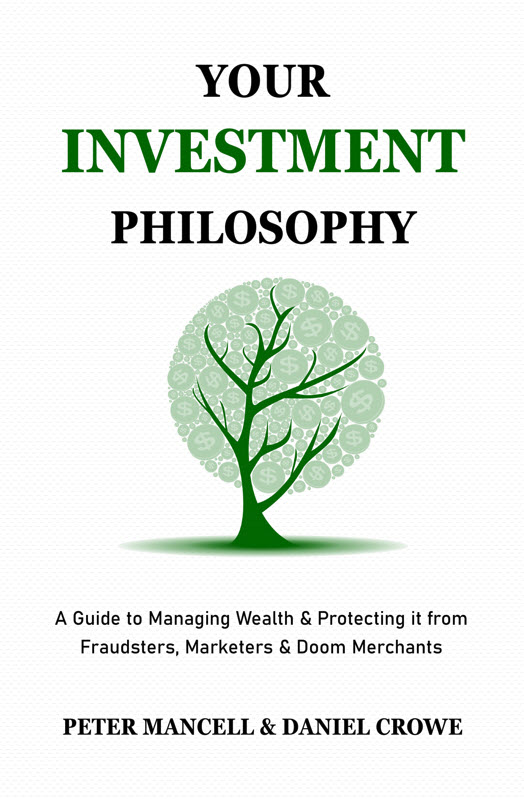
Despite the calls of recession and the “should I delay my investing purchases” questions that are being asked across all manner of finance and investment forums now, it’s putting your head down and getting on with it that’s proving to be the prudent act (more on that later).
For me, it was another decent month. Made the contribution on the first of the month, the standard 1x contribution and bought soon after. The only difference was, the distributions from the prior quarter had hit the account, so they were allocated at the same time. I’m forced to admit I’ve strayed from my initial plan and had added global infrastructure to the portfolio this month. The intent is to have emerging markets, Australian REITs and global infrastructure comprise 15% of the portfolio in total, split three ways.
For me this is the final equity piece of the puzzle. Somewhere along the line I will add bonds in, likely to make it a 70/30 split between equities and bonds, but while I’m still contributing on a monthly basis I’ll direct all contributions to equities. I just kept buying last year unperturbed, so I’m not bothered by further sell offs.
Those sell offs or even the prospect for sell offs (but don’t eventuate) are major mental hurdles for investors. I’d argue the prospect for sell offs are even worse because they cause delay. If an investor can’t develop those habits of ploughing on through uncertainty, it doesn’t bond well for their long term success.
I’ve made the point before that investing has multiple timelines:
The first thing that’s obvious: there are no negative 30-year returns. Presupposing there was an investible S&P 500 index fund across the whole time period, then the worst return an investor would have wound up with was 7.80% pa (circled with red on the left). That 30-year period began in September 1929 and ended in August 1959. There were only two 30-year periods under 8% pa across the whole data set and they were consecutive time periods. The other, starting October 1929, saw a 7.81% pa return.

What’s the significance? Both ran headfirst into the 1929 sharemarket crash, which was followed by the great depression. To achieve the 7.8% pa return, which turned $1 into $9.51 over that 30 years, an investor had to initially withstand an 83% loss of their capital in the first 33 months. We preach discipline, but admittedly that’s a cast iron will!
The other red circle at the top tells another story and it’s linked with that 33 months. It’s the best 30-year return. This was 14.78% pa and it began just as the 33 months beginning September 1929 ended.
Each month is going to confront each investor with a new scenario. The money you put in last month will get a different return to the money this month and the money next month. Of course it won’t be calculated that way, but time will help narrow the gap between the best and the worst. And the 14.78% return looks fantastic, but if you don’t have the stomach for “uncertainty” you certainly won’t develop it after the sell off. To get that double digit return required entering after an 83% fall.
Don’t kid yourself, your actions should be the same month to month.

Disclaimer: The discipline project is a personal endeavour and should not be constituted as a financial strategy that anyone should follow. It is more a study in repetition and shutting out the noise in pursuing a financial goal, than any focus on portfolio construction. Anyone looking to build a portfolio should seek financial advice to find out which strategy is right for them, if you are a high net worth investor looking financial advice then you should consider a financial adviser with high net worth experience, they can help you identify your goals and put in place a reliable strategy to pursue them


